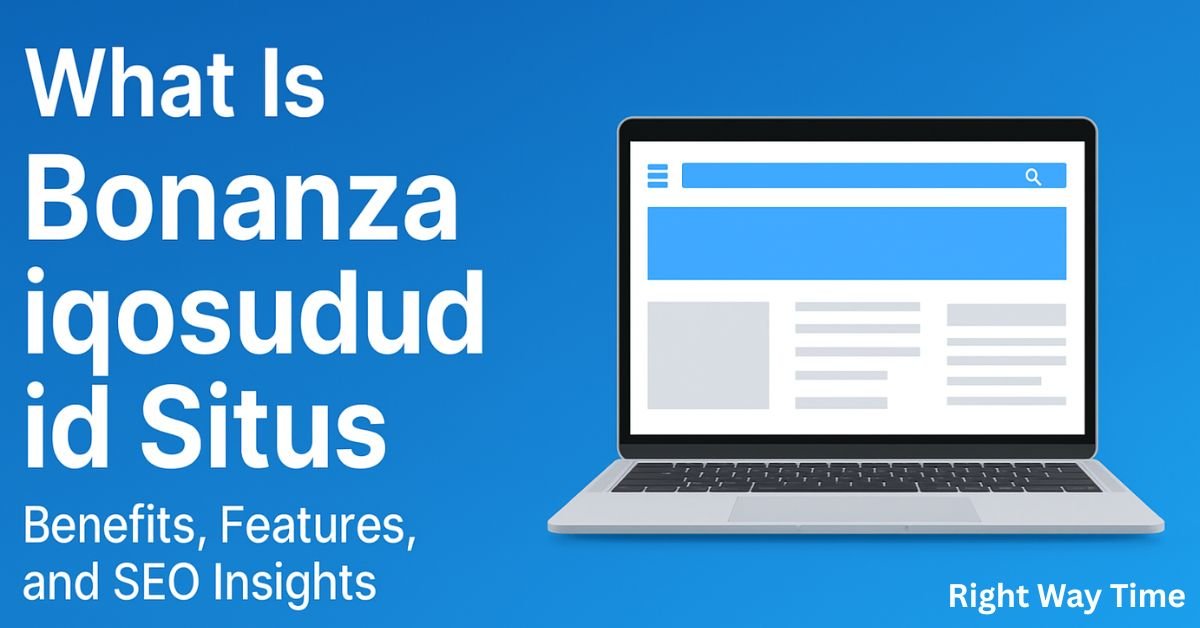Introduction to gBanker Net 8288: What You Need to Know
The term “gBanker Net 8288” refers to a specialized module or configuration of the gBanker microfinance software system. gBanker is a widely-used digital platform that helps microfinance institutions (MFIs) manage daily operations including loans, savings, client data, accounting, and reporting. The “8288” version or port typically signifies either a particular network port or a version identifier used internally for networking or integration.
Understanding gBanker Net 8288 is crucial for IT managers, developers, and field-level MFI professionals who need streamlined operations and secure data exchanges. With a focus on modular scalability, gBanker Net 8288 supports multi-branch operations and is often deployed in cloud-based or hybrid infrastructures.
Using the keyword “gBanker Net 8288,” one often refers to the software’s secure networking features and integration APIs that allow financial institutions to connect branches, sync real-time data, and provide mobile service support. If you’re working in the financial tech space, you cannot ignore the rising need to understand how gBanker Net 8288 supports secure transactions and efficient digital lending platforms.
In this article, we’ll dive deep into all aspects of gBanker Net 8288, including features, use cases, deployment strategies, benefits, challenges, and more.
Core Features and Architecture of gBanker Net 8288
When it comes to digital microfinance infrastructure, gBanker Net 8288 stands out for its robust feature set. Built on a Java-based backend and MySQL database structure, this software supports real-time transaction processing, audit-ready reporting, and high availability through web-based access.
The term “gBanker Net 8288” often implies a particular configuration optimized for secure access through port 8288, which allows secure communication over VPNs or internal LANs. This configuration ensures minimal latency, load-balanced access, and encrypted data exchange.
Some of the core features include:
-
Loan and savings management
-
Group and individual client tracking
-
Financial reporting and analytics
-
Branch-wise data consolidation
-
Centralized database with backup protocols
The backend of gBanker Net 8288 supports RESTful APIs, which makes it highly interoperable with external systems such as accounting software, biometric devices, or even mobile wallet apps.
For IT teams, deploying gBanker Net 8288 offers scalability without needing to redesign internal systems. The database schema is modular and supports thousands of concurrent transactions. Its unique use of port 8288 gives tech teams control over secure tunneling and firewall customization, thus making it an ideal fit for rural and semi-urban financial ecosystems.
Why Microfinance Institutions Prefer gBanker Net 8288
Microfinance Institutions (MFIs) thrive on efficient, secure, and scalable operations—and that’s exactly where gBanker Net 8288 shines. The software helps MFIs deliver financial services in underbanked areas with minimal overhead and high transparency.
MFIs often operate in locations with limited infrastructure. Here, the reliable connectivity features of gBanker Net 8288, including VPN access via port 8288, come into play. This allows field agents to access data even from remote locations without compromising security.
Key reasons MFIs choose gBanker Net 8288 include:
-
Mobile responsiveness for field officers
-
Easy integration with SMS gateways and mobile money platforms
-
Real-time data sync with headquarters
-
Ability to track repayments and disbursements efficiently
Because gBanker Net 8288 is built for the ground realities of microfinance, it enables better client relationship management, reduces loan delinquency, and ensures regulatory compliance through accurate reporting. This makes it a cornerstone of digital transformation strategies in the microfinance domain.
Installation and Deployment Guide for gBanker Net 8288
To deploy gBanker Net 8288, organizations need to follow structured procedures that ensure the platform is optimized for performance, security, and scalability. The software can be deployed on local servers or hosted on the cloud (AWS, Azure, or private servers), with port 8288 configured for secure access.
Typical deployment involves:
-
Installing Java runtime environment
-
Configuring Apache Tomcat or GlassFish servers
-
Setting up the MySQL database schema
-
Assigning port 8288 for network access
-
Enabling SSL certificates for HTTPS tunneling
The system also requires setting user roles and permissions, data backup configurations, and optional mobile device management (MDM) if field agents will use Android or iOS apps.
By setting up gBanker Net 8288 with security features like IP whitelisting, encrypted backups, and two-factor authentication (2FA), institutions ensure data integrity and compliance with digital finance regulations.
How gBanker Net 8288 Enhances Security in Financial Applications
Cybersecurity is one of the biggest concerns for any financial institution. One of the most valued features of gBanker Net 8288 is its strong security model. The use of a dedicated port—8288—for controlled data access adds an extra layer of protection.
Security features include:
-
SSL/TLS encryption
-
Role-based access control (RBAC)
-
Audit trail logs for all transactions
-
Real-time intrusion detection alerts
Because gBanker Net 8288 focuses on secure communication over its dedicated port, IT administrators can track all incoming and outgoing network requests, detect unusual behavior, and respond in real time.
For compliance with data protection laws such as GDPR or local regulatory standards, gBanker Net 8288 supports encrypted client data and access log archiving. This makes it ideal for regions where data sovereignty and privacy are critical.
Integration of Mobile Applications with gBanker Net 8288
Modern MFIs require mobile-friendly solutions, and gBanker Net 8288 supports full integration with Android and iOS apps through RESTful APIs and JSON data structures.
Field officers can:
-
Register clients
-
Disburse loans
-
Collect repayments
-
Generate mini-statements
All this is synced back to the central server through secure API endpoints on port 8288. This ensures that even if officers are offline, once reconnected, their data is automatically uploaded and reconciled with the system.
Using gBanker Net 8288 in tandem with mobile apps increases operational transparency and accelerates service delivery. It also allows financial institutions to scale their operations across larger geographies without increasing branch overhead.
Performance Optimization Tips for gBanker Net 8288
Ensuring that gBanker Net 8288 performs optimally requires ongoing monitoring and fine-tuning. Here are key practices:
-
Use connection pooling for database access
-
Regularly update server software and firmware
-
Monitor network latency on port 8288
-
Set up caching for static resources
Proper indexing in the MySQL database and server-side validation also help keep performance at peak levels. IT teams should also make use of load balancing when scaling up and apply firewall rules to restrict access to port 8288 only to authorized IPs.
Performance is also influenced by data architecture. gBanker Net 8288 supports modular design, so you can isolate high-load functions like reporting or analytics to separate server threads.
Common Challenges and Troubleshooting for gBanker Net 8288
While gBanker Net 8288 is a reliable system, challenges can arise, especially during network configuration or scaling. Common issues include:
-
Port 8288 being blocked by firewall
-
Session timeouts for mobile app users
-
Delays in data sync from remote branches
-
Incompatibility with legacy systems
Troubleshooting tips:
-
Ensure port 8288 is open and not blacklisted
-
Use VPN fallback options during internet disruptions
-
Keep detailed server logs for error tracking
-
Regularly update API keys and encryption libraries
Many issues can be mitigated by setting up a testing environment before full deployment and training the IT team extensively on handling gBanker Net 8288.
Future Roadmap: What’s Next for gBanker Net 8288?
The developers behind gBanker Net 8288 continue to enhance the platform with AI-driven analytics, blockchain integrations for audit security, and real-time fraud detection systems. Future updates may include:
-
Multi-currency support
-
AI-based credit scoring engines
-
Cloud-native deployments on Kubernetes
-
Biometric verification enhancements
As MFIs increasingly move to digital-first models, gBanker Net 8288 will remain central in providing a solid, scalable base for growth. The focus will likely shift toward real-time dashboards, mobile-first experiences, and open banking APIs.
Final Thoughts: Why gBanker Net 8288 Matters Now
In conclusion, if you’re working in the field of digital finance, especially microfinance, understanding and implementing gBanker Net 8288 is not optional—it’s essential. It empowers organizations with secure, scalable, and user-friendly solutions to reach the unbanked.
From its deployment structure to API capabilities and future roadmap, gBanker Net 8288 is more than just software—it’s a framework for digital financial inclusion.
By mastering gBanker Net 8288, IT teams and financial professionals can ensure that their institutions are not just keeping up with the times but leading the way.




